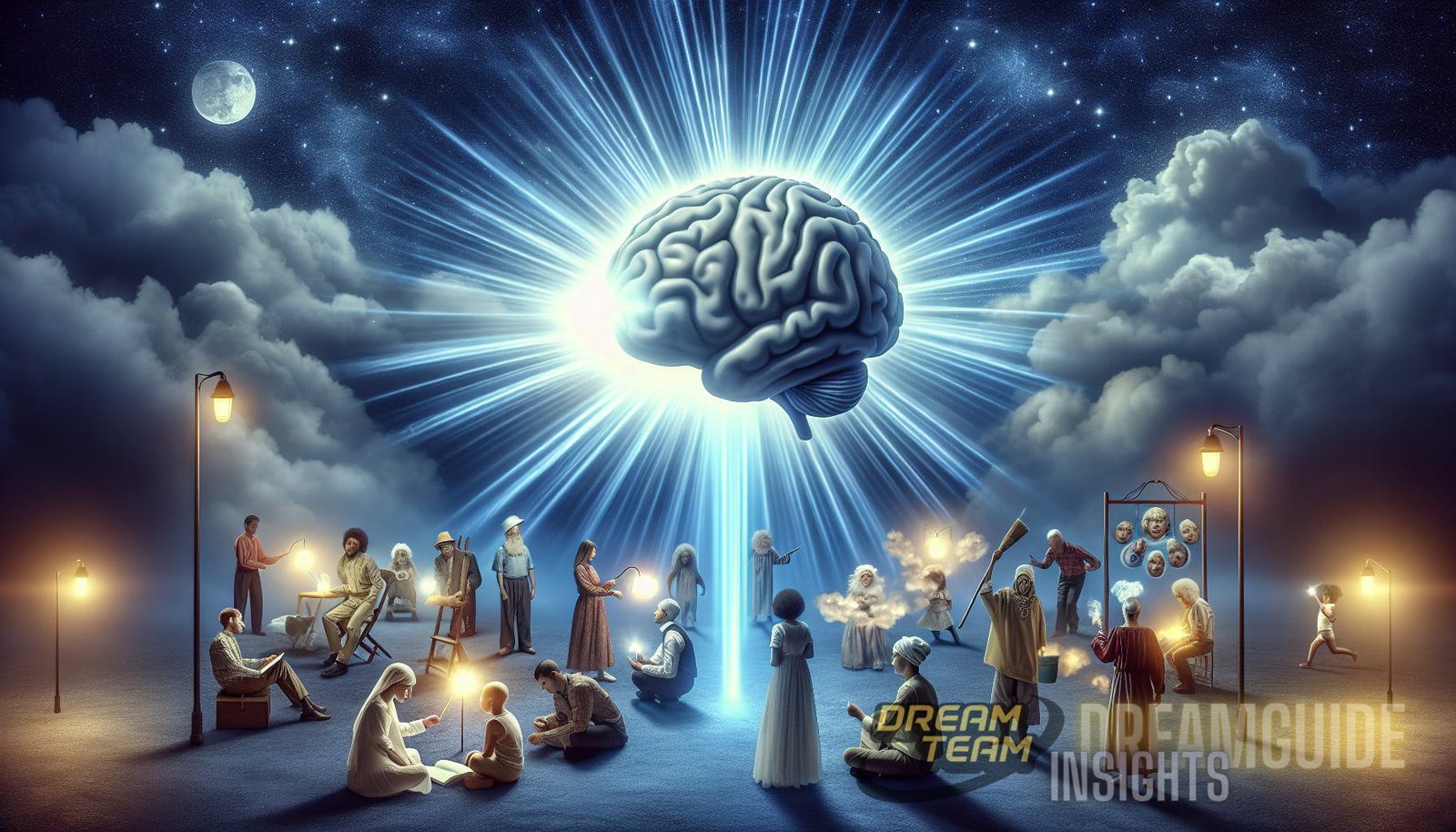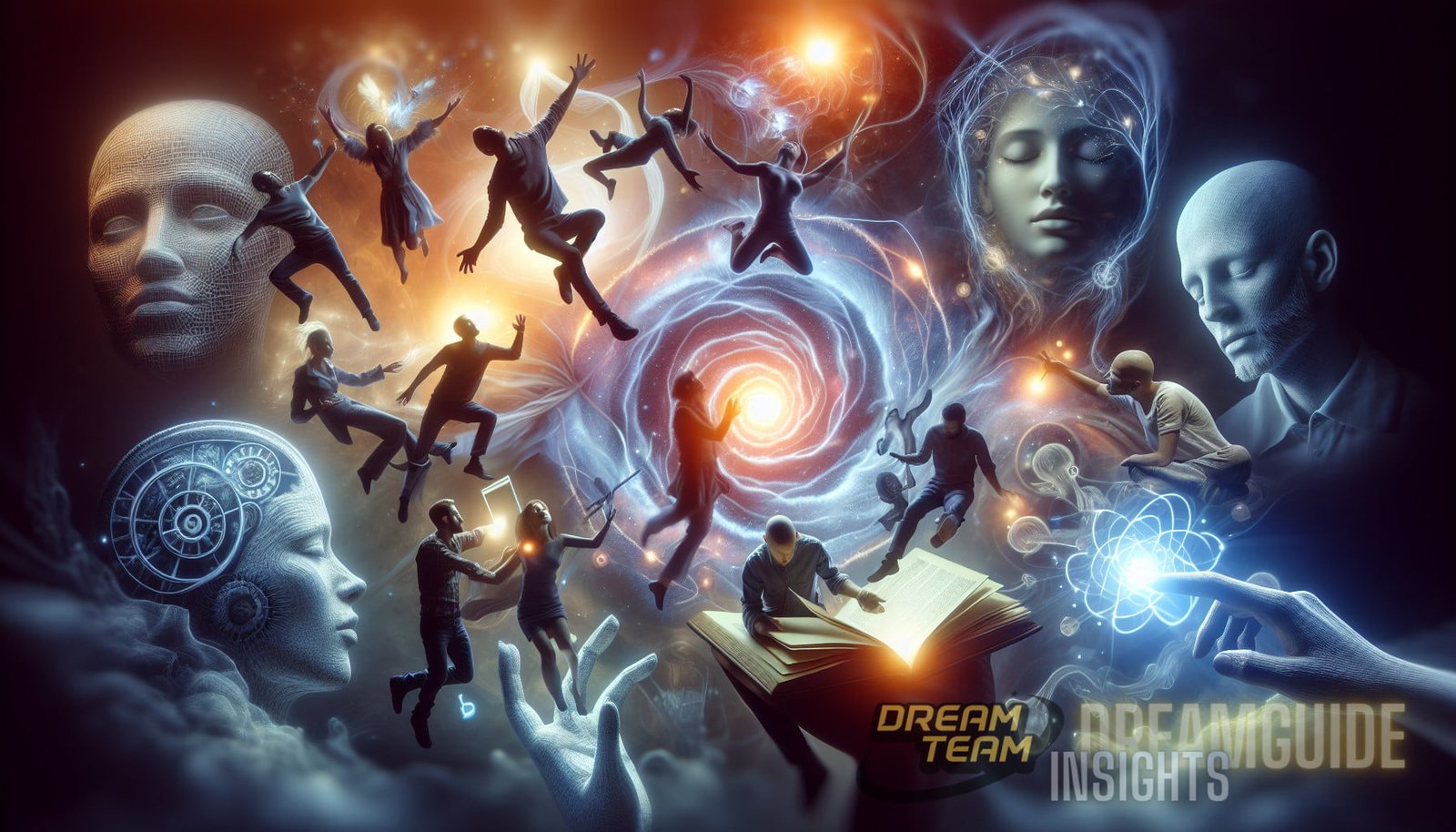The Role of Dream Characters in Cognitive Processing: Unveiling the Actors of the Unconscious Mind
Dream characters, also known as dream figures or dream personas, are the individuals that populate our dreams. These characters can be people we know in real life, fictional characters, or even completely imaginary beings. While dream characters may seem like ephemeral and inconsequential entities, they actually play a significant role in cognitive processing and the functioning of the unconscious mind. In this article, we dive deep into the intricacies of dream characters, exploring their various functions, and unraveling the mysteries of their influence on the dreamer’s mind.
1. The Nature of Dream Characters
Dream characters are the manifestations of the dreamer’s imagination and the workings of the unconscious mind. They can take the form of familiar faces- family members, friends, or acquaintances- or they can be characters that the dreamer has never encountered in reality. Dream characters often exhibit behavior and characteristics that are consistent with their real-life counterparts, but sometimes they can behave in ways that are completely unrelated to their waking selves.
Dream characters can be classified into two broad categories: primary characters and secondary characters. Primary characters are the central figures in the dream narrative and usually represent important people or aspects of the dreamer’s life. Secondary characters, on the other hand, play supporting roles in the dream and often consist of ordinary people or strangers.
Dream characters are not always humans. They can also take the form of animals, mythological creatures, or even inanimate objects that exhibit human-like characteristics. The diverse nature of dream characters contributes to the richness and complexity of dreams, allowing for a broad range of experiences and interactions within the dream environment.
2. Functions of Dream Characters
Dream characters serve several important functions in the world of dreams. Understanding these functions can provide valuable insights into the role of dream characters in cognitive processing and the exploration of the unconscious mind. Here are some of the key functions:
- Reflection of the Self: Dream characters often reflect different aspects of the dreamer’s personality, emotions, desires, and fears. They can provide a mirror through which the dreamer can gain deeper self-awareness and understanding.
- Conflict Resolution: Dream characters may engage in conflicts and interactions that mimic real-life situations. Through these dream scenarios, the dreamer’s unconscious mind may attempt to process unresolved conflicts or find creative solutions to problems.
- Emotional Catharsis: Dream characters can evoke a wide range of emotions in the dreamer, serving as catalysts for emotional release or healing. Through interactions with dream characters, the dreamer may experience catharsis or gain insights into their emotional well-being.
- Problem-Solving: Dream characters can act as problem solvers or sources of guidance within the dream. They may provide solutions, advice, or new perspectives on real-life issues that the dreamer is facing.
- Creative Expression: Dream characters can inspire creativity and innovation within the dreamer’s mind. They may represent the dreamer’s imaginative capacities and provide a platform for the exploration of new ideas and creative endeavors.
3. Interpretation and Analysis of Dream Characters
Interpreting and analyzing dream characters can reveal valuable insights into the dreamer’s psyche and unconscious processes. The field of dream analysis, pioneered by Sigmund Freud and Carl Jung, provides tools and frameworks for deciphering the symbolism and meaning behind dream characters. By examining specific characteristics, actions, and interactions of dream characters, analysts can uncover hidden messages, conflicts, and desires within the dreamer’s unconscious mind.
Freud’s psychoanalytic approach to dream analysis emphasizes the sexual and aggressive aspects of dream characters, believing that they symbolize repressed desires and unconscious conflicts. Jung, on the other hand, introduced the concept of archetypes, suggesting that dream characters represent universal themes and symbols that are deeply ingrained in the collective unconscious.

Ultimately, the interpretation and analysis of dream characters depend on the unique context and personal experiences of the dreamer. It is essential to approach dream analysis with an open mind, taking into account both the individual’s subjective experience and the broader cultural and symbolic associations of dream figures.
4. Lucid Dreaming and Dream Characters
Lucid dreaming is a state in which the dreamer becomes aware that they are dreaming while still in the dream. This heightened state of consciousness allows the dreamer to actively participate in and manipulate the dream environment, including the actions and behaviors of dream characters.
In a lucid dream, the dreamer can interact with dream characters, ask them questions, and even alter their appearance or behavior. Lucid dreaming provides a unique opportunity for the dreamer to explore their subconscious mind, overcome fears, and engage in self-exploration and personal growth.
The relationship between the dreamer and dream characters in a lucid dream is often dynamic and fluid. The dreamer can take on different roles and perspectives, transforming from an observer to an active participant in the dream narrative.
Lucid dreaming has received considerable attention from researchers and psychologists due to its potential therapeutic applications and its insights into the nature of consciousness and cognition. It offers a fascinating avenue for studying the role of dream characters in cognitive processes and expanding our understanding of the human mind.
5. Conclusion
Dream characters are not just fleeting figures that populate our dreams; they are integral components of the unconscious mind, revealing aspects of our personality, emotions, and conflicts. The functions of dream characters encompass reflection, conflict resolution, emotional catharsis, problem-solving, and creative expression. Interpreting and analyzing dream characters can provide valuable insights into our subconscious, helping us gain self-awareness and explore the depths of our minds.
By unraveling the mysteries of dream characters, we unveil the actors of the unconscious mind, shedding light on the intricate workings of the human psyche. As we continue to study and delve deeper into the realm of dreams, we unlock new realms of understanding and open doors to the complexities of cognition and consciousness.
For more information on related topics, explore
“Diving into the Uncharted Depths: The Enigma of Lucid Dreaming Unveiled – Exploring the Mysteries of the Mind”
“Freud vs. Jung: Unveiling the Battle of Dream Interpretation.”



